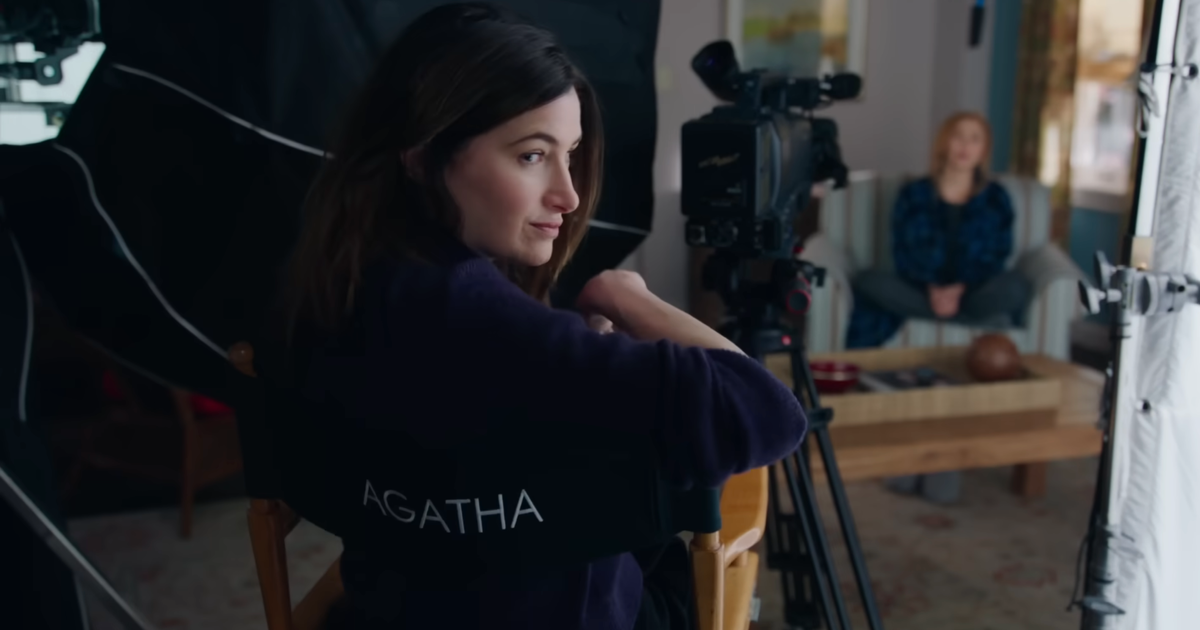For years, the seemingly unstoppable Marvel Studios built a reputation for family-friendly, PG-13 superhero fare.
But recently, the Walt Disney Co.-owned unit has stumbled. The hit machine isn’t cranking out box-office winners as it once did, a consequence of changing viewing habits since the pandemic, a perceived drop in quality and a glut of Marvel streaming shows and movies that stretched the audience’s patience.
On Friday, Marvel will turn to a different crew of superheroes to reignite its brand — the R-rated, irreverent and decidedly not family-friendly duo of “Deadpool & Wolverine.”
The movie — Marvel’s only film this year — is the first big-screen debut for the X-Men characters after Disney’s 2019 acquisition of 21st Century Fox’s entertainment assets. The $71.3-billion deal was seen as a way for the Burbank media and entertainment giant to expand its universe of popular franchises, giving Disney control over “Avatar,” “Family Guy” and “The Simpsons.”
Now with Fox’s superhero characters in play, Marvel can open another lane of interest for new or lapsed fans — and potentially hush persistent talk of superhero fatigue. “Deadpool & Wolverine” is projected to bring in at least $160 million in its opening weekend, with some estimates forecasting as high as $200 million, which could make it the biggest opener of 2024. The movie brought in $38.5 million Thursday in box office previews. It cost an estimated $200 million to make.
Despite the big projections, it’s too early to say for sure whether “Deadpool & Wolverine” will reverse Marvel’s fortunes, said Shawn Robbins, founder of analysis site Box Office Theory. But, he said, “the tracking and potential of this movie clearly shows how excited fans can become for a Marvel movie when it’s marketed well and it’s promising something that holds to the traits of the movies that they’ve come to know and love.”
It was just five years ago that Marvel seemed on top of the world.
The studio rolled out a string of box office successes, adding more characters and complexity into the so-called Marvel Cinematic Universe until its 2019 culmination with “Avengers: Endgame,” which grossed nearly $2.8 billion worldwide.
But the pandemic stymied Marvel’s later theatrical releases. The debut of Disney+ also took a toll on the studio, as Chief Executive Bob Iger and his short-lived successor Bob Chapek ordered up more shows across the board to fill the streaming service. The demand for volume put a strain on the studio. Films such as 2023’s “Ant-Man and the Wasp: Quantumania” and “The Marvels” received scathing reviews and did poorly in theaters.
The expansive universe the studio created also became somewhat of a liability, critics said. When Marvel started making streaming shows, studio President Kevin Feige noted that those storylines would be integrated into future movies. But that created homework for fans who now had to catch up on dozens of hours of content before watching a new Marvel film.
Though the idea of spanning a single franchise across multiple media has long been a goal in the entertainment industry, putting it into practice has “proved to be a lot more difficult,” said Greg Steirer, associate professor of film and media studies at Dickinson College in Pennsylvania and author of “The American Comic Book Industry and Hollywood.”
“There are all these connections that are far more connected, and far more connected to television,” he said.
The addition of the Marvel assets from Fox could breathe new life into the franchise. Those characters, including the X-Men and the Fantastic Four, have generations of fans whom Marvel could tap into, experts said. (Marvel took its first foray into the X-Men universe earlier this year with the release of the well-reviewed animated series “X-Men ‘97” on Disney+.)
That’s key because when Marvel Studios launched, it didn’t have access to some of the most popular heroes in the comic book empire. Rights were carved up among multiple studios — Sony had Spider-Man, Universal had the Hulk and Fox had the X-Men and the Fantastic Four. Yet Marvel made it work with more obscure characters such as Iron Man and the Guardians of the Galaxy.
Starting the X-Men integration with the winking and profane Deadpool (Ryan Reynolds) and the deadly serious Wolverine (Hugh Jackman) — two popular characters with distinctly different tones than the rest of the Marvel universe — was likely a smart idea, Steirer said.
By choosing Deadpool, in particular, Marvel is “ushering in a kind of raunchiness into the Marvel universe that they haven’t had before,” he said. It’s “a strategy to stay fresh and keep growing and changing.”
(There’s even a nod to that seeming disconnect in the “Deadpool & Wolverine” trailer, when Deadpool refuses an offer of cocaine, whispering, “Cocaine is the one thing that Feige said is off limits.”)
Fox saw success with R-rated superhero films, as 2016’s “Deadpool” brought in $782 million at the global box office and 2017’s “Logan” garnered $619 million. When the Disney-Fox deal was announced, there was a “general, cautious optimism” about the continued success of Deadpool and Wolverine, said Robbins of Box Office Theory.
“There’s a clear intent to really broaden the horizons and see how all of those properties fit into what they’ve already established,” he said.
Beyond the integration of the Fox assets, Disney and Marvel have also rethought their business strategies. The studio will now limit its production to two TV series and three movies a year, part of a company-wide strategy to reduce output and improve quality, Iger has said.
Marvel is also bringing back its Marvel Television banner, which was shuttered in 2019 as Marvel embarked on producing streaming shows under the Marvel Studios name. The return of the banner is significant because it de-emphasizes the connections between the films and shows and is intended to allow even casual fans to watch without an extensive amount of catching up.














